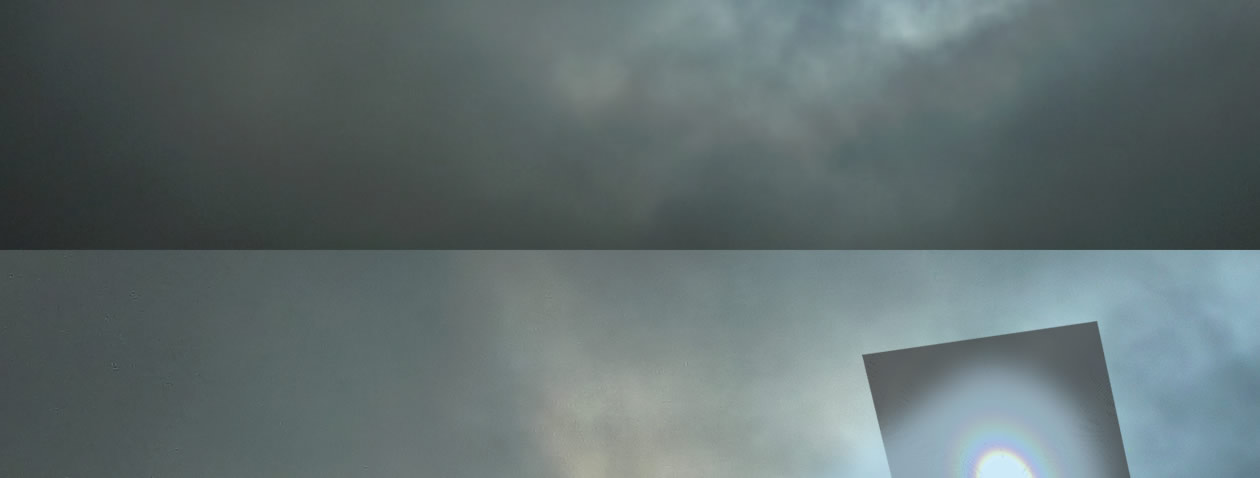A corona is the product of light scattered mainly by the outer skins of cloud droplets.
The droplets are only 1-100 micron (0.001 - 0.1 mm) diameter - not that far removed from the wavelengths of visible light. The wave aspect of light therefore becomes important when it impacts on the tiny spheres.
Scattered waves radiate outwards from all points on the drop surface. Where they overlap they interfere. Waves in-phase reinforce and waves out of phase are destroyed. The result is a circular diffraction pattern.
The coronal diffraction pattern is a sign writ large in the sky of the minuteness of cloud drops and the wave aspect of light. |


